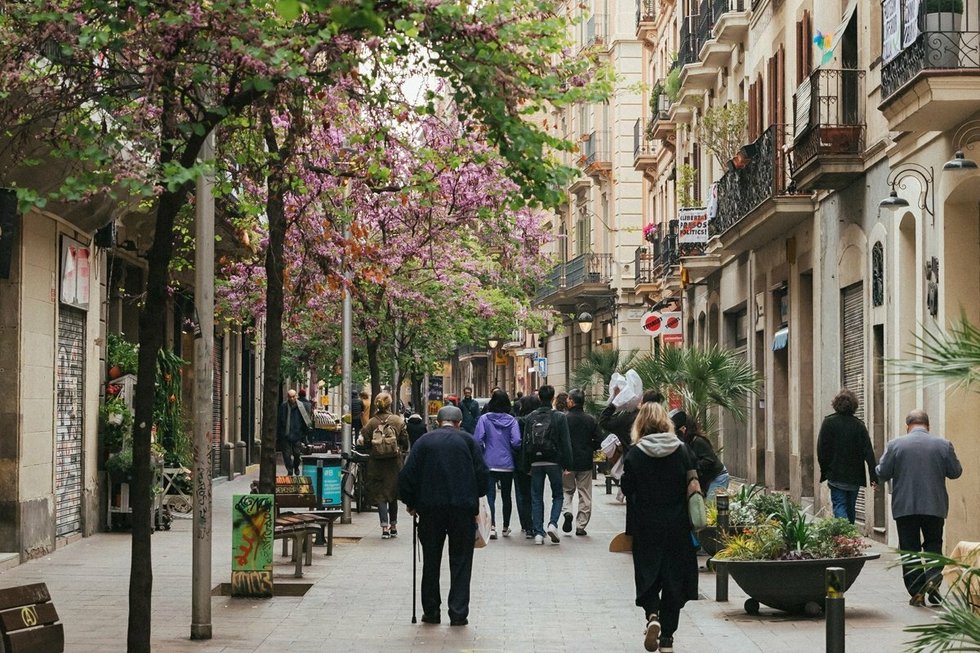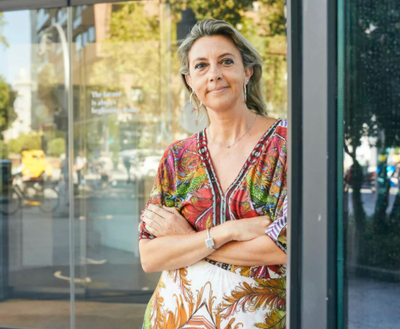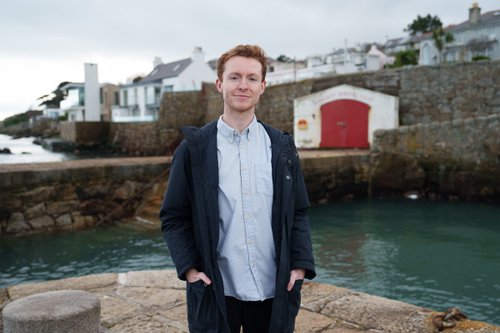Will you find your future job in ‘the city of 15 minutes?’
Dec 01, 2021
3 mins


Head Work of the Future Center EAE Business School
Can you imagine working less than 15 minutes away from home? In big cities, that’s considered a privilege. Your workplace often determines not only where you buy a home, but also where your children go to school. Covid-19, however, has changed not only our work patterns but also the way we develop those ways of working in jobs where telecommuting is now possible.
The possibility of homeworking is nothing new. Jack Nilles, a physicist and former Nasa engineer, laid the foundations for teleworking in the 1970s. During the oil crisis in the United States, Nilles tried to reduce commuting to work to minimize environmental pollution and transport problems. His proposal? To create telecommuting as an alternative to mobility, “bringing the work to the worker and not the worker to work.” Back then, however, technology wasn’t advanced enough to realize the idea of effective teleworking. Forty years have passed since then and, despite the fact that we’re in the midst of the fourth industrial revolution and we know the benefits teleworking brings, it’s still nowhere near widespread enough.
The pandemic has served not only to promote teleworking, it has also accelerated the concept of “sustainable mobility” around how we share our time between work and leisure. Covid-19 restrictions have prompted changes in lifestyle, consumption and working habits.
What is ‘the city of 15 minutes?’
The city of 15 minutes is a project created by Carlos Moreno, scientific director and professor of entrepreneurship, territory and innovation at the Sorbonne in Paris. The idea is that city dwellers can access most of their needs in an area just 15 minutes from home, either on foot or by bike.
The possibility of working in cities of 15 minutes contributes not only to the goal of zero carbon emissions by 2050, but also promotes an emerging health economy in which experiences, products and services are judged on the basis of the wellbeing they provide.
The changes required by this new model, however, won’t be easy to realize in part because of the recent trend for companies to create “cities” or spaces far from the center, requiring workers to physically move. Companies would have to encourage employees not just to spend more time telecommuting but also to share coworking spaces less than 15 minutes from their home.
Thanks to technology, we don’t have to travel to work, or to shop for basic necessities, but we mustn’t forget that we are social beings and that a mixture of cultures encourages creativity and innovation – though this is also covered in the idea of 15-minute cities. This new way of thinking about workspaces would allow workers from different companies to mix, which would encourage the exchange of ideas and, with it, the innovation necessary for business growth.
A win-win model
Implementing the idea of 15-minute cities, and increasing the possibility of teleworking for businesses where possible, would offer a number benefits for those involved:
Benefits for workers
Significant savings on travel time, as well as economic benefits.
Increased levels of health and wellbeing (in line with the United Nations’ Sustainable Development Goal 3).
Access to jobs anywhere in the world, leading to an improvement in working conditions and economic growth (Sustainable Development Goal 8).
Benefits for companies
Saving on workspace, as the need to rent or buy large office spaces to house the entire workforce at any one time disappears; promoting remote working, flexible options combining teleworking and face-to-face work, or working in small groups in a particular city or neighbourhood.
Attracting professionals with better conditions and increasing workers’ commitment to the company.
The possibility of attracting global talent.
Benefits for society
Revitalizing rural population centers or depressed urban areas.
Creating employment in areas a long way from traditional financial centers.
Assisting groups that are at risk of exclusion.
Creating sustainable cities and communities (Sustainable Development Goal 11).
While working in 15-minute cities poses many challenges at a structural level – from maintaining employment and generating new jobs to including more disadvantaged groups and reducing inequality – it’s clear that there are many benefits that bring us closer to meeting the United Nations’ Sustainable Development Goals (SDGs).
Work has no future without sustainable employability
We are already immersed in a new economic system that affects both our way of being and our identity: the circular economy is a model of production and consumption that implies sharing, renting, reusing, repairing, renewing and recycling products and materials as much as possible in order to create added value.
At the same time, the world of work is undergoing a radical change due to the impact of digitalization and energy transition. Like energy, work is neither created nor destroyed, it’s just transforming rapidly. So the concept of “sustainable employability” is fundamental, and that means developing those functions demanded by the labor market throughout our working life. This system requires constant professional reinvention, and the capacity for learning and critical thinking will be key.
Though there have been countless studies warning us about climate change and its consequences, and stating that the way we live and work now compromises the survival of future generations, it has taken the pandemic to show us that, in many professions, there really is no need to go into the office.
It will be almost impossible to return to a pre-Covid growth model, because society no longer supports any model that isn’t aligned with the UN’s Sustainable Development Goals. These 17 goals should guide business strategy, accelerate structural processes that are already under way and partially modify concepts such as globalization.
Translated by: Sunita Maharaj-Landaeta
Photo by Welcome to the Jungle
Follow Welcome to the Jungle on Facebook on LinkedIn and on Instagram and subscribe to our newsletter to get our latest articles every day!

More inspiration: Future of work

How women are being left behind by AI – and putting their careers at risk
AI won't replace all women, but if things stay as they are, they run the risk of facing professional obstacles ...
Apr 15, 2024

Is a world without work (really) possible?
Our Lab expert Laetitia Vitaud explains why she doesn’t believe in a future of unemployment and leisure.
Feb 19, 2024

What’s next for the masterminds behind the four-day week push?
The CEO of Four Day Week Global, the non-profit enabling some of those big pilot programs you’ve been hearing about, has the inside track...
Feb 12, 2024

Can Moneyball help inspire a new era for human resources?
Let’s begin with two rather unusual starting points for these types of articles, both linked to the world of sport...
Jan 18, 2024

When your company is looking more and more like a cult
We're not saying that companies are dangerous entities that manipulate their employees. On the contrary...
Jan 02, 2024
The newsletter that does the job
Want to keep up with the latest articles? Twice a week you can receive stories, jobs, and tips in your inbox.

Looking for your next job opportunity?
Over 200,000 people have found a job with Welcome to the Jungle.
Explore jobs